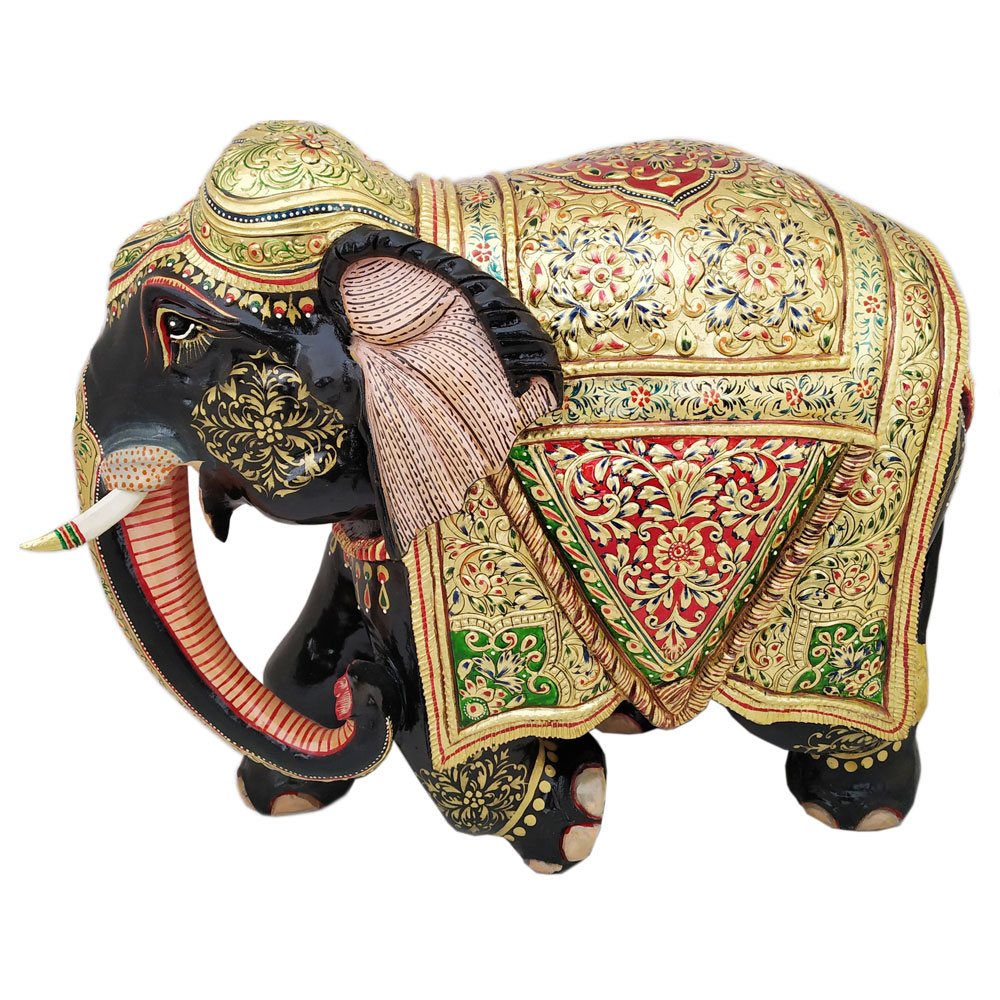- Email: info@haveliarts.com
- Phone: +91-141-2630586, +91-9414051228

Wood
Wood carving has been extremely widely practiced, but survives much less well than the other main materials, being vulnerable to decay, insect damage, and fire. It therefore forms an important hidden element in the art history of many cultures. Outdoor wood sculpture does not last long in most parts of the world, so that we have little idea how the totem pole tradition developed. Many of the most important sculptures of China and Japan in particular are in wood, and the great majority of African sculpture and that of Oceania and other regions.
Wood is light, so suitable for masks and other sculpture intended to be carried, and can take very fine detail. It is also much easier to work than stone. It has been very often painted after carving, but the paint wears less well than the wood, and is often missing in surviving pieces. Painted wood is often technically described as “wood and polychrome”. Typically a layer of gesso or plaster is applied to the wood, and then the paint is applied to that.
 Elephant
Elephant